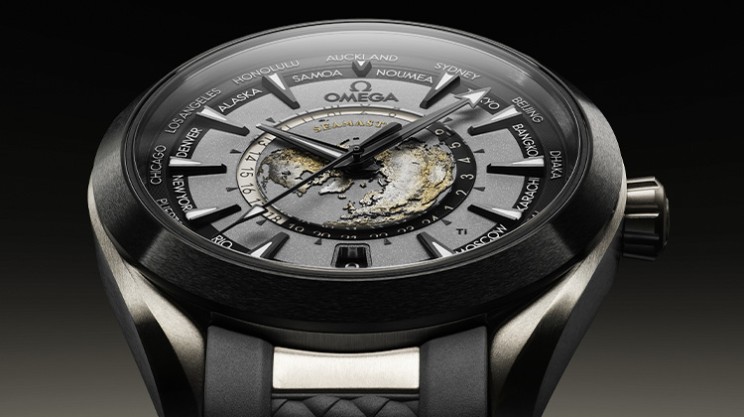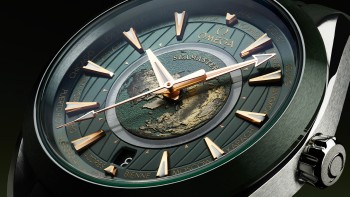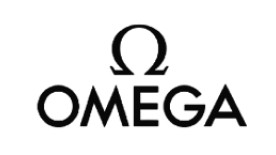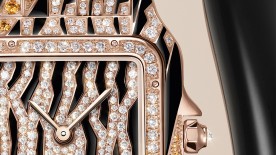Sometimes, all it takes is a single word to bring to mind a historic event. “Moonwatch” is one such evocative name, but so is “Hesalite”. The latter, to students of watch history, brings back memories of the 1969 moon landing, a triumph for Omega. Hesalite was specifically chosen for the expedition because of the way it behaves under stress – a significant factor in space. This type of acrylic crystal will crack but, unlike sapphire or other mineral glass, won’t shatter into brittle shards that would then float around in the rocket capsule. Ever since then, the material has been associated with the Moonwatch, and the great step for mankind that it accompanied.

Plastic fantastic
But what actually is Hesalite, this fantastic plastic that was so incredible it was used in watch crystals? Developed in 1933 by chemist Otto Röhm, and originally named Plexigas, the compound is based on polymethyl methacrylate (PMMA), a type of acrylic glass. Various different recipes and brands followed: Lucite, Crystalite, Perspex, Nudec and Altuglas, which today is the largest supplier. Cheap and easy to produce, with the ability to be moulded into different shapes and polished, this transparent material was widely used in watchmaking starting from the 1930s, as an alternative to mineral glass. This was the heyday of the “Plexi” watches whose warm tones quicken the pulse of watch collectors today. Recognisable by their domed profile, their plentiful scratches and the yellowish hue caused by exposure to UV, they nevertheless provide good visibility of the dial. And it’s relatively easy to buff the scratches out, to give the watch a facelift. Omega used these crystals not only on the 1969 Moonwatch, but also on its three cult professional models – the Seamaster 300, Railmaster and Speedmaster – which were launched in 1957. All this to say that Hesalite and Omega go way back.

But by the end of the 1980s, PMMA was faced with a serious challenger in the form of sapphire glass, an innovative material with numerous benefits. Very strong and virtually impossible to scratch, sapphire is also highly shock resistant. Its high production costs make it a material for higher end brands that put a premium on innovation. And yet, even in the higher price brackets, there’s still a place for plastic crystals, which, aside from their vintage charm, offer some useful properties.
Lunar chic
High-end brands continue to use Plexi crystals, particularly for vintage-inspired ranges. Omega still supplies its Speedmaster Moonwatch Professional with a Hesalite glass. The Hesalite version differs from similar models shipped with a sapphire crystal in that they feature the brand logo in the centre of the glass, a solid caseback, and original nylon strap or steel bracelet. Omega often brings back Hesalite for special editions such as the 2017 anniversary trilogy featuring the Seamaster 300, Railmaster and Speedmaster.
But Omega frequently finds other uses for this legendary material, which has some interesting properties. Hesalite is a particularly fine shock absorber thanks to its elasticity (which is invisible to the naked eye, obviously!). The Seamaster Aqua Terra Worldtimer 43 mm features a central transparent Hesalite ring above the 24-hour disc. “To avoid scratches during assembly, a preventative scratch-resistant coating is applied to the surface,” Omega confirms.
It’s an original and highly appropriate use, and shows that Hesalite, with its rich historical legacy, remains relevant even today. We’ve certainly not heard the last of it.






